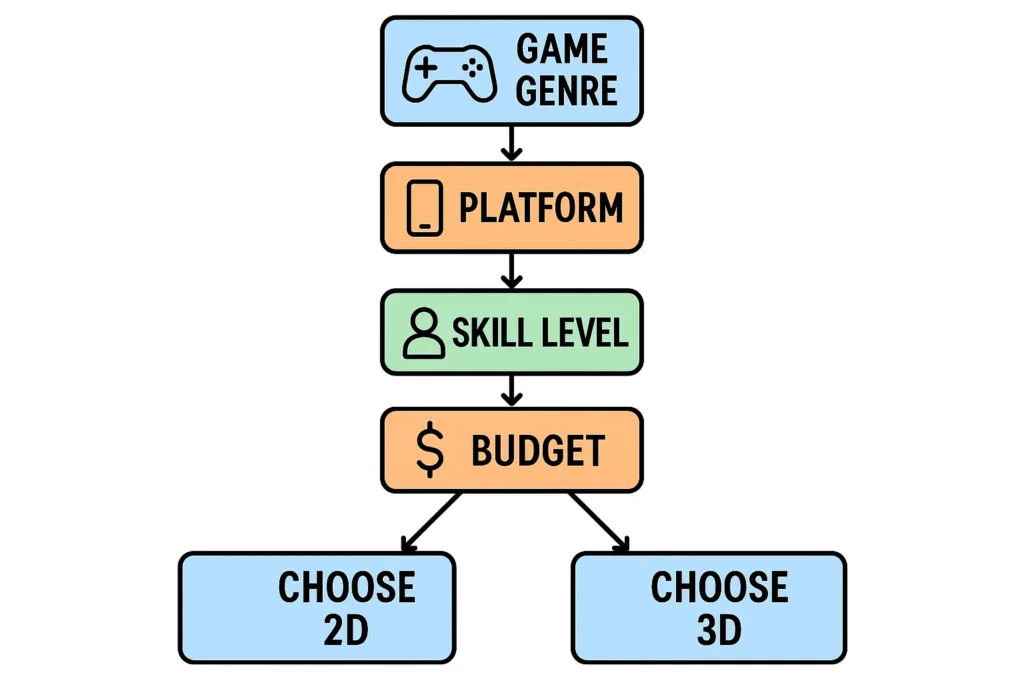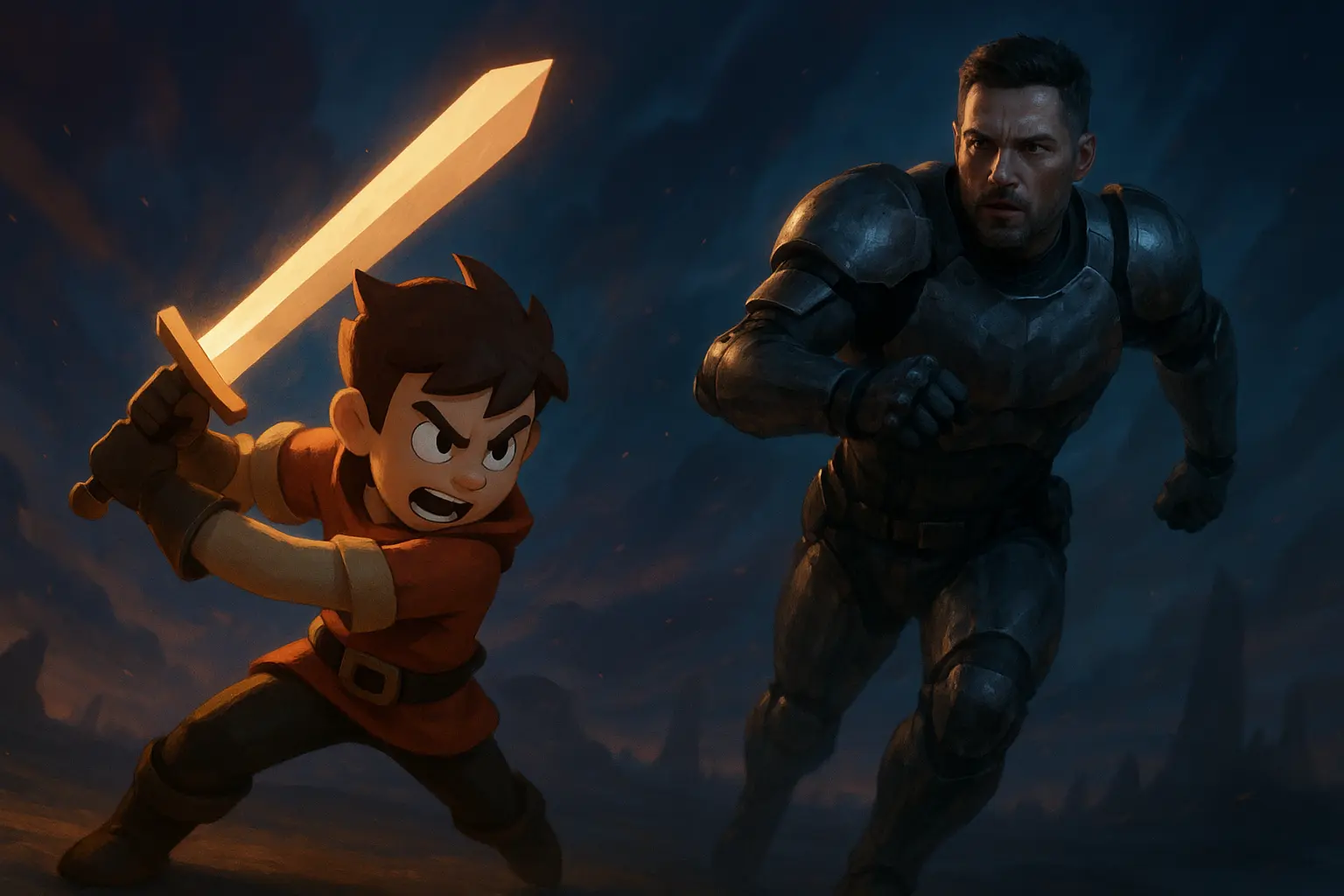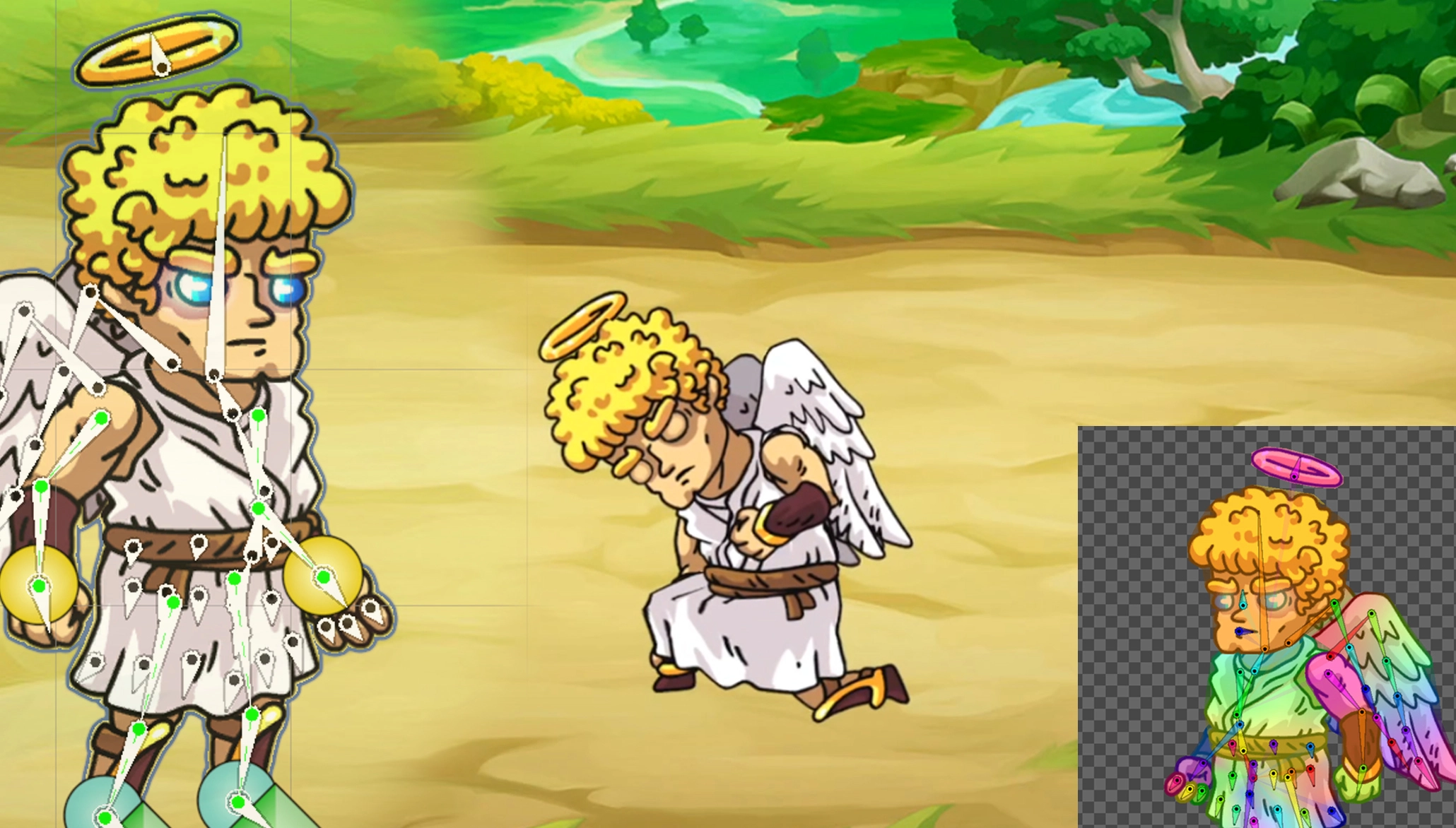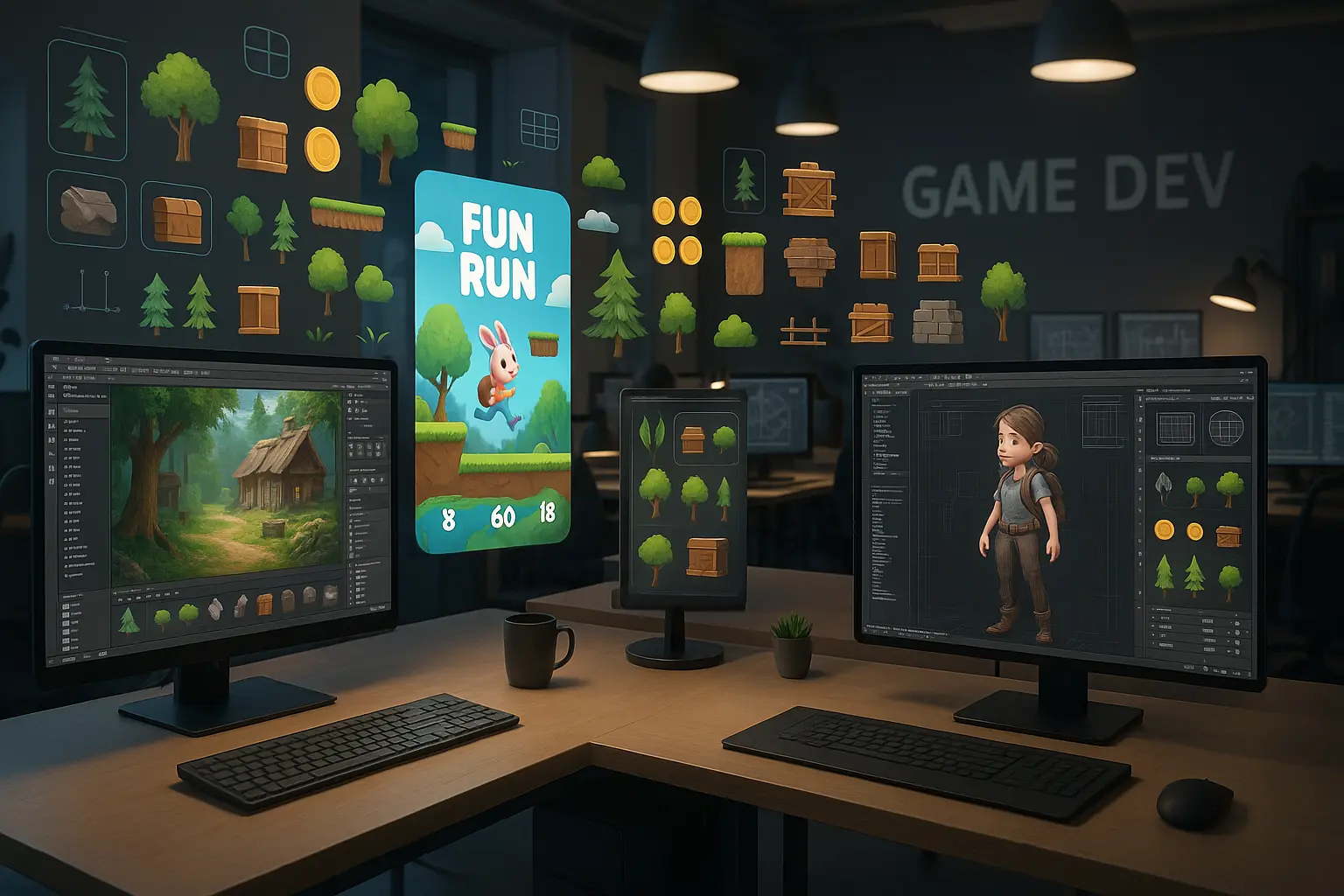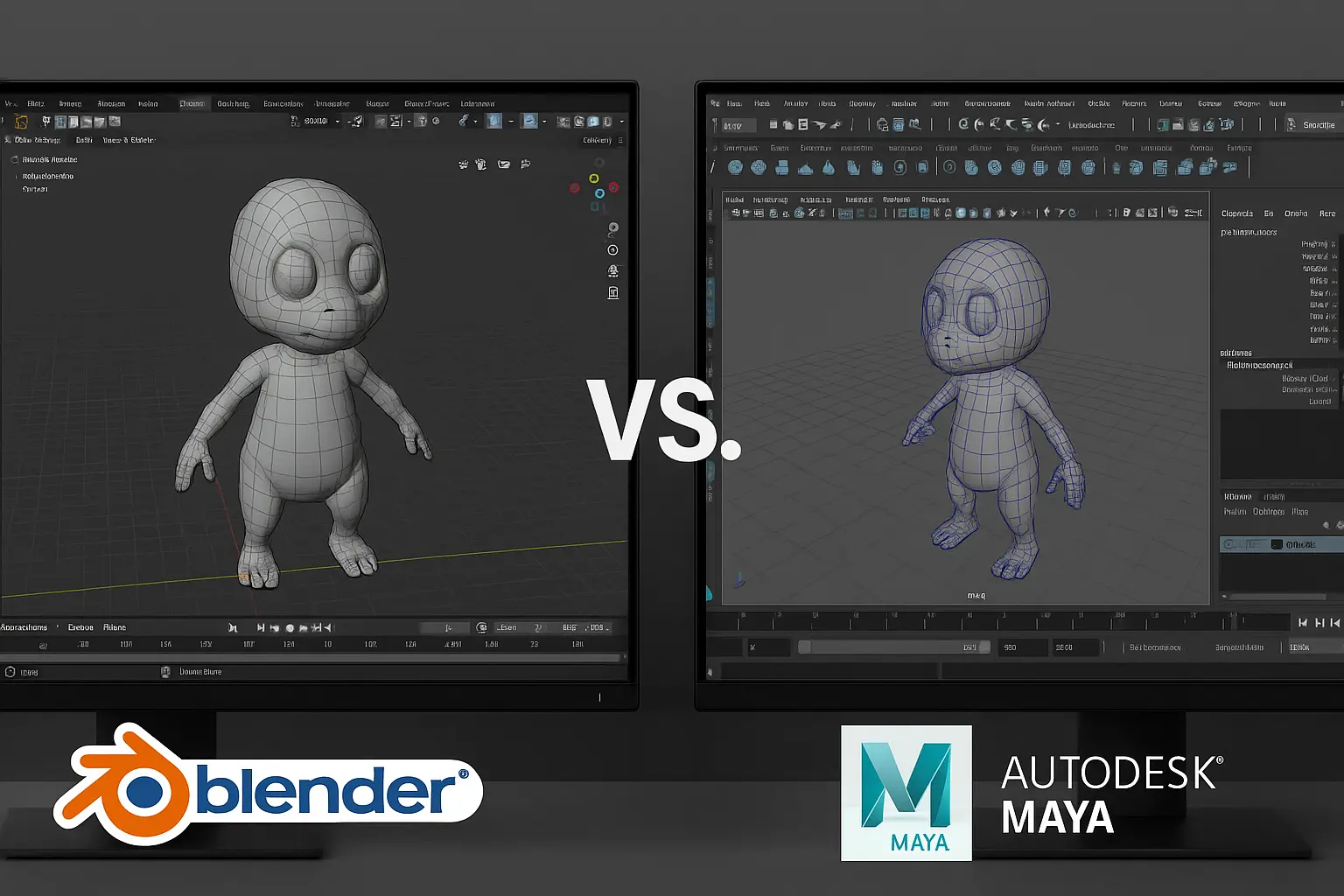Unity 2D vs 3D Animation: Which Is Right for Your Game?
Share:
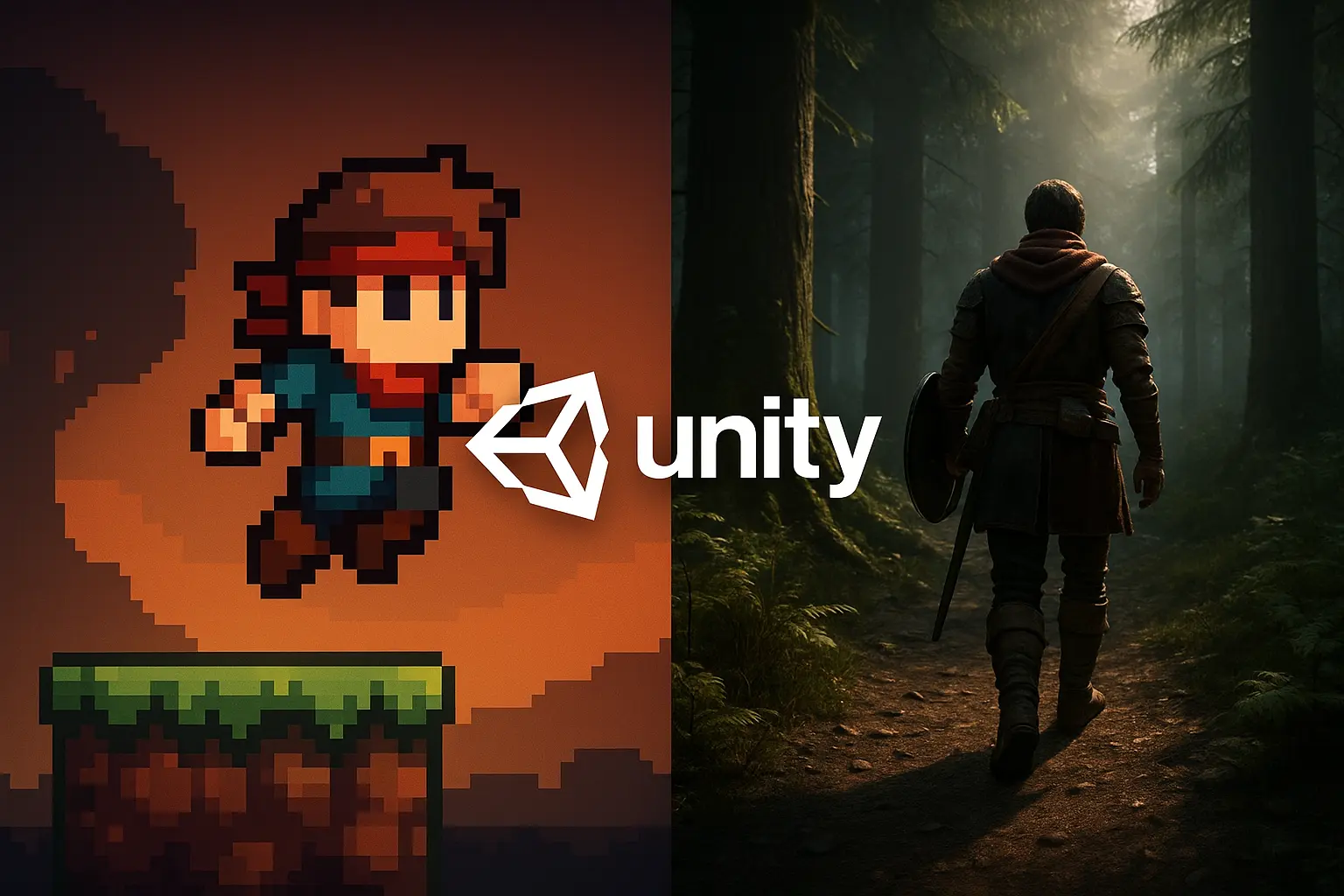
When it comes to game development, Unity is one of the most powerful and accessible engines available, especially for indie developers, small studios, and even AAA teams. But one of the earliest decisions you’ll face is whether to build your game using 2D or 3D animation.
Both animation styles offer distinct advantages, but the right choice depends on your game concept, budget, target audience, and platform. In this article, we’ll compare Unity 2D vs 3D animation, so you can make the best decision for your next game project.
Table of Contents
ToggleUnderstanding Unity’s 2D and 3D Capabilities
Unity is widely known for its cross-platform versatility and strong developer community. One of its most appealing features is that it supports both 2D and 3D development natively, offering toolsets optimized for each style.
Unity 2D Animation
Unity’s 2D tools are perfect for:
- Side-scrollers
- Platformers
- Puzzle games
- Mobile apps
- Retro-style games
The 2D Animation Package allows you to:
- Rig and animate 2D characters using bones
- Create smooth skeletal animations
- Integrate sprite swapping and frame-by-frame animation
2D projects are generally lighter, faster to produce, and cost-effective—ideal for mobile-first strategies targeting U.S. users on iOS and Android.
Unity 3D Animation
If your game requires immersive environments, complex characters, or a cinematic experience, Unity’s 3D animation features offer powerful solutions. You can:
- Create skeletal rigs using tools like Mecanim
- Import animations from Blender, Maya, or 3ds Max
- Leverage Unity’s Timeline, Cinemachine, and Animator Controller
- Apply physics-based movement and realistic interactions
Unity 3D is ideal for genres like:
- RPGs
- First-person shooters
- Adventure and survival games
VR/AR and metaverse experiences
Read More: AI in Game Development: How It’s Revolutionizing Design & Gameplay
2D vs 3D: Key Differences in Game Development
| Feature | Unity 2D |
Unity 3D |
| Development Time | Faster, simpler setup | Longer, more complex workflows |
| Visual Style | Flat, stylized | Realistic or stylized 3D depth |
| Learning Curve | Beginner-friendly | Requires knowledge of 3D modeling & rigging |
| Performance | Lightweight, optimized for mobile | Heavier, needs more resources |
| Cost | Lower budget | Higher production cost |
| User Experience | Classic, arcade-style | Immersive and cinematic |
How to Decide: When to Choose Unity 2D or 3D
Ask yourself the following:
-
What is your game’s genre?
2D works well for casual or fast-paced games. 3D fits RPGs or realistic simulations.
-
What’s your target platform?
For mobile-first development in the U.S., 2D often leads to better performance. For PC or console, 3D can enhance gameplay depth.
-
What’s your team’s skill set?
If your team lacks 3D modeling or rigging experience, stick with 2D. You can produce high-quality results more quickly.
-
What’s your budget and timeline?
2D development is often faster and more affordable, while 3D requires more time and resources.
Read More: Game Character Animation Services: Bring Your Characters to Life
Real-World Examples
- 2D Unity Game: Hollow Knight – A visually stunning 2D platformer with smooth animation and detailed environments.
- 3D Unity Game: Monument Valley 2 (pseudo-3D) or Subnautica – Demonstrates Unity’s 3D rendering and animation capabilities.
These examples show how Unity accommodates stylized art in both 2D and 3D formats for diverse gameplay experiences.
Need Help Choosing the Right Approach?
At Gameaning Studios, we specialize in Unity-based 2D and 3D game development tailored for U.S. markets. Whether you’re building a stylized side-scroller or a high-end 3D experience, our team can guide you through the best animation style for your vision and deliver production-ready results.
Explore our game development services or contact us for a custom consultation.
Final Thoughts
Unity gives you the flexibility to create games in both 2D and 3D. The choice comes down to your creative direction, audience, and technical constraints. For mobile apps and simple mechanics, 2D animation in Unity is fast and effective. For richer gameplay and immersive visuals, Unity 3D animation is your go-to.
Whatever path you choose, Unity provides a stable, scalable foundation, and the right studio can bring your idea to life.
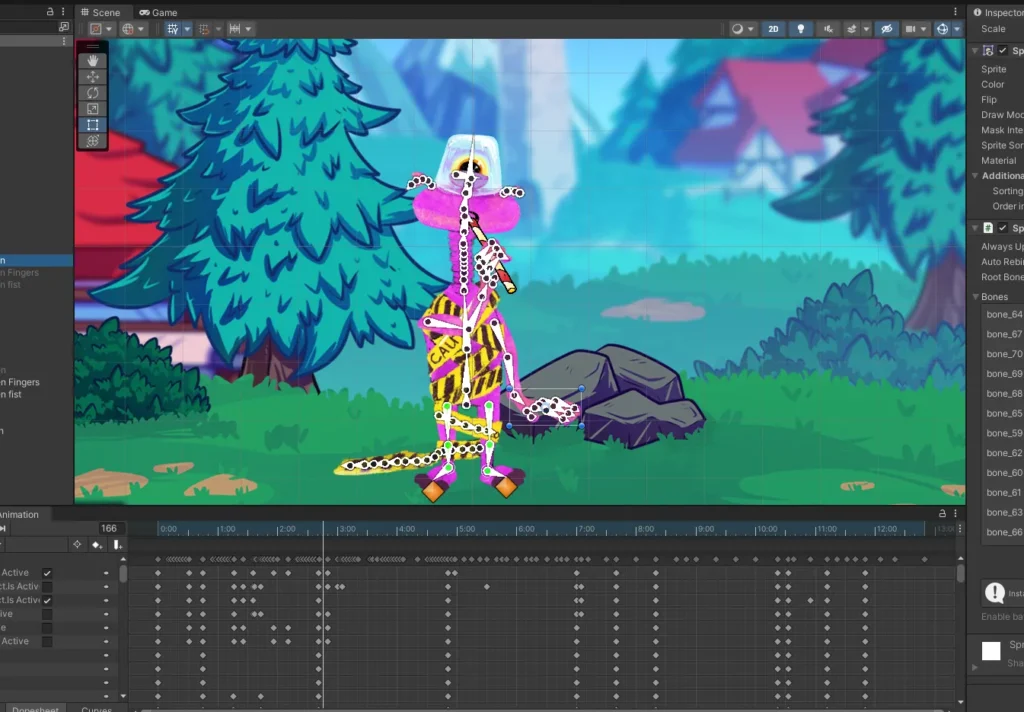 Check this project
Check this project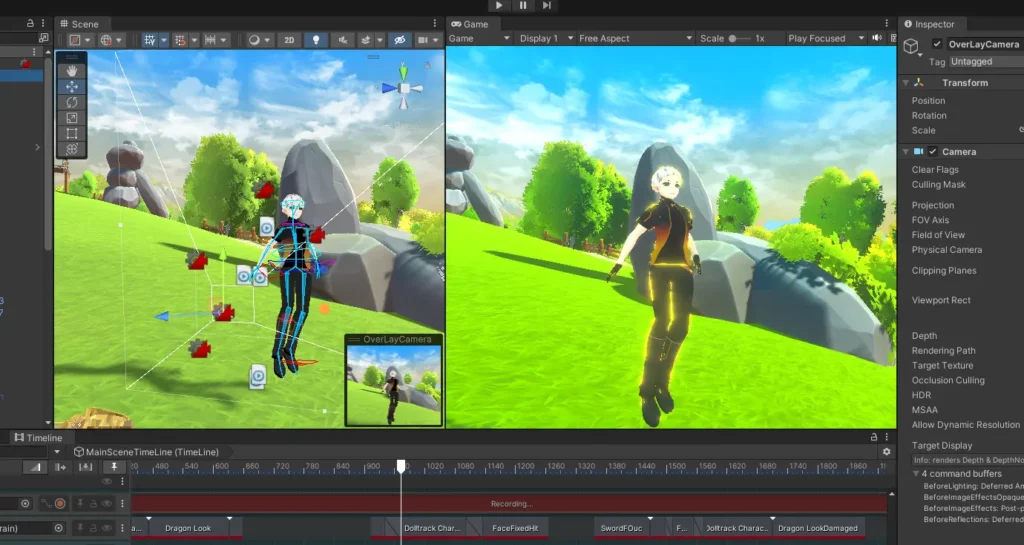 Check this project
Check this project